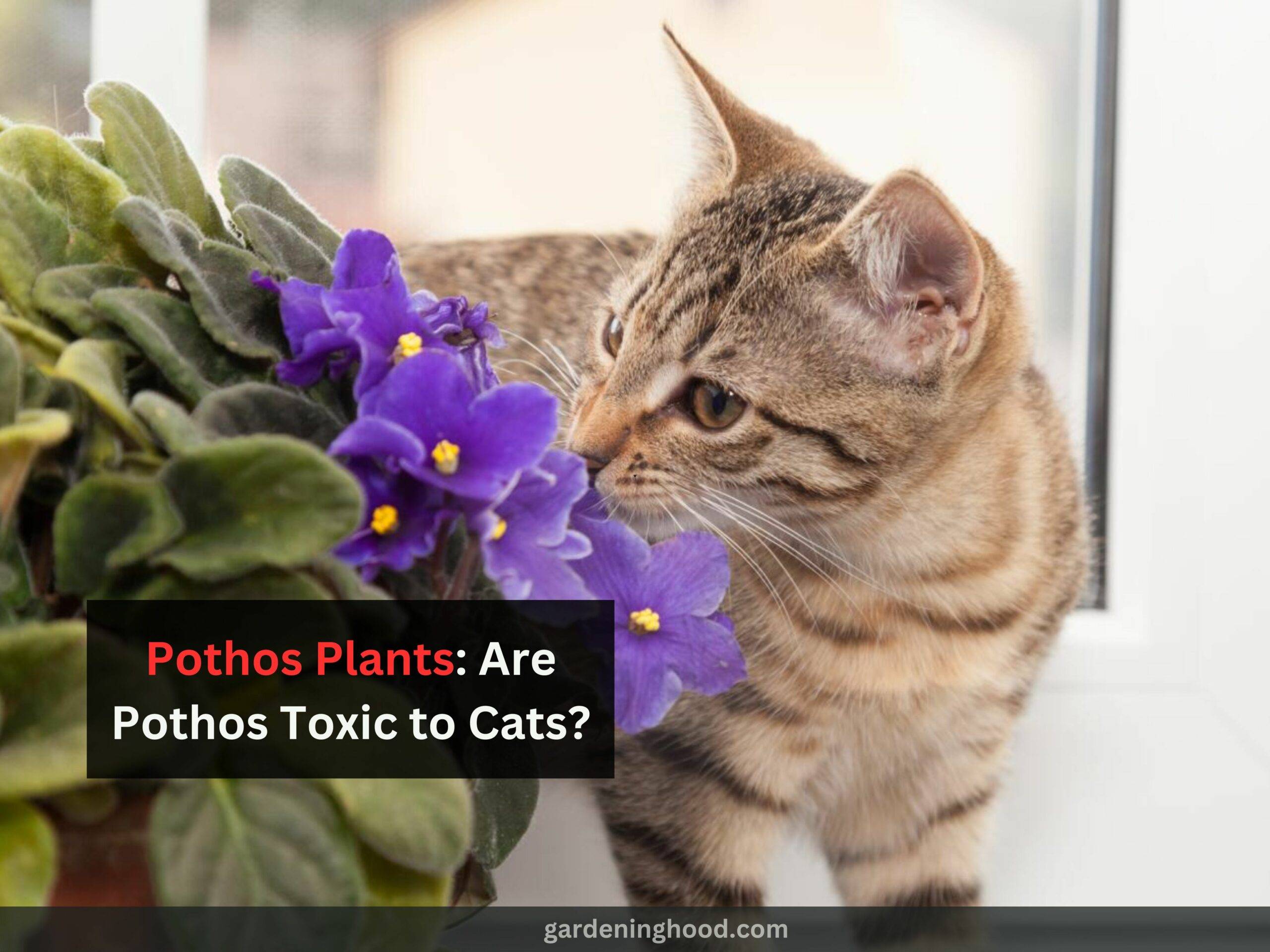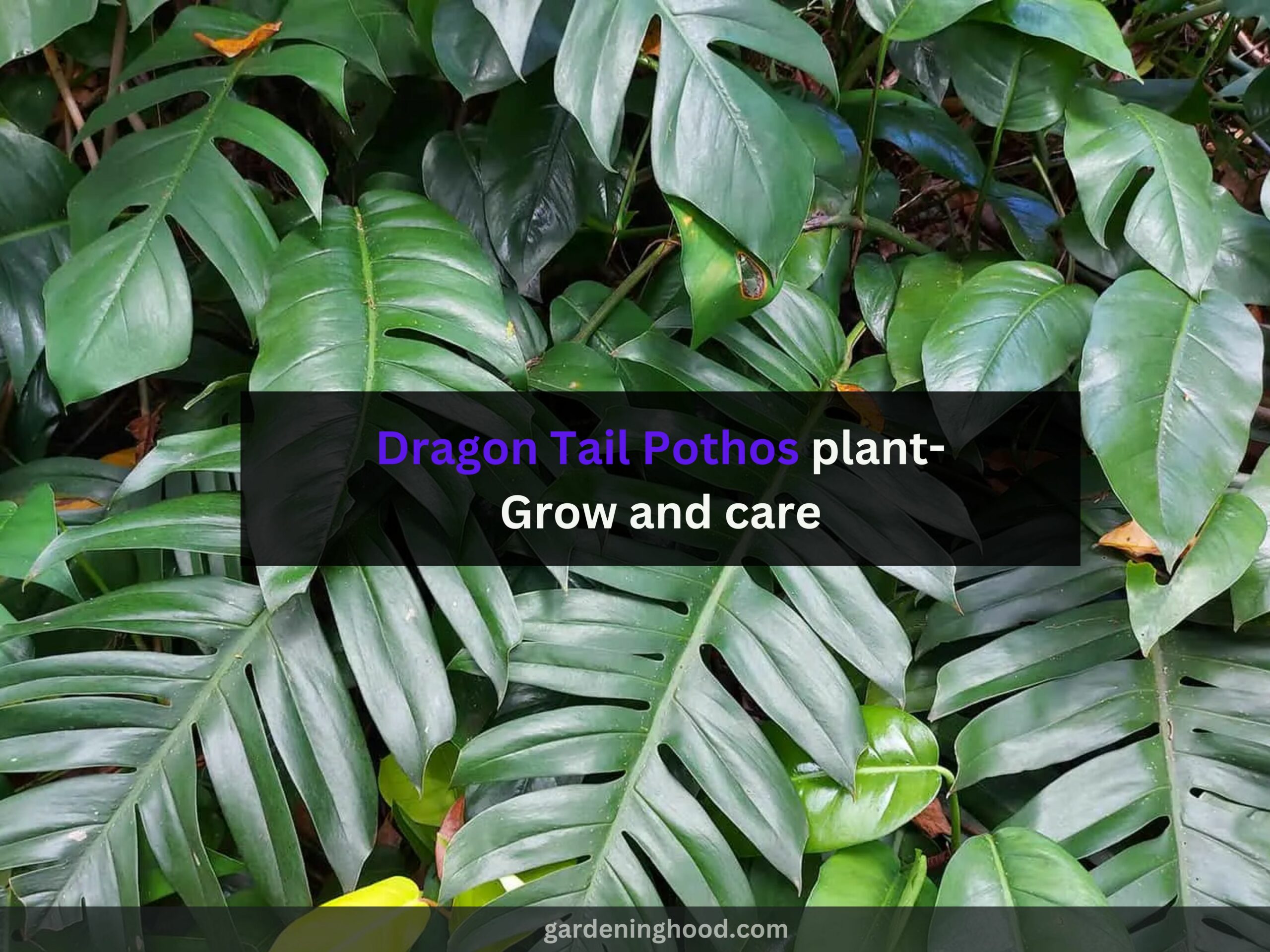How to Grow Cat Palm in your Garden- Full Guide and Care About Them
After I heard the name of the plant, my interest was grasped by it: a cat palm. Isn’t that interesting? I’m sure you must have many questions about it. How do they look? Do they look like a cat? How do you grow them? and Blah…Blah…Blah!!!
Stop thinking, plant lovers. I will provide answers to all your questions and even some extra ones. After that, you’ll be able to easily grow them in your house.
Here, I have explained all my implemented and successful methods to grow cat palms, which will fulfill all the basic requirements of the plant. So, what are you waiting for? Let’s begin learning.
Cat palm:
Cat palm scientifically called Chamaedorea cataractarum and also called cascade palm or cataract palm is famous for its elegant fronds which like to grow in clusters of slender green stems. For a good result, you need to maintain the plant by providing it with well-draining soil, bright indirect light, and a temperature between 60 to 80 degrees.
The approximate time the cat palm takes to reach the mature size is about 10 years, which will grow around 3 feet tall if you grow them indoors. Growing the plant also has several benefits in your home as it helps in improving the air quality. If you grow them with other specimen plants it will create a humid microclimate.

| Common Name: | Cat palm, cascade palm, cataract palm |
| Botanical Name: | Chamaedorea cataractarum |
| Family: | Arecaceae |
| Plant Type: | Perennial, Shrub |
| Mature Size: | Up to 3 ft. tall indoors, 6-8 ft. tall outdoors |
| Sun Exposure: | Partial |
| Soil Type: | Loose, Well-drained |
| Soil pH: | Neutral |
| Bloom Time: | Winter, Spring |
| Flower Color: | Yellow |
| Hardiness Zones: | 9-11 (USDA) |
| Native Area: | Mexico, Central America |
10 Ways for a Cat Palm Care
The following are some basic requirements that you need to fulfill in a cat palm plant:
Right Amount of Light:
- You need to provide them with bright, indirect light but avoid providing them direct sunlight which will cause leaves to burn.
- The plants will grow quickly in a sunroom or if you keep them near a window.

Water cat palm Plant:
- The plant likes to grow in moist soil but make sure not to make the soil over soggy all the time.
- The cat palm plants do not tolerate the dry soil so you need to be careful to provide water to the plant.
- Providing the water which consists of too much salt or many chemicals will cause the plant leaf tips to burn.
- Avoid the water that sits at the bottom of the plant.

Picking the Right Soil:
- Giving the plant to grow in soil that drains quickly is the right soil to grow cat palm.
- You can try adding peat moss which will keep your soil light rather than becoming heavy and clay.
- Using a pot having a good amount of drainage soul at the bottom will help the water to drain out from the soil.

Feeding Plant and How Often:
- The feeding to the plant should be done in the spring and summer seasons which should be at half of the recommended strength.
- The cat palm only needs the fertilizer 1 to 2 times during the fall and winter seasons.
Perfect Temperature:
- The plant prefers to grow in warm temperatures but providing too much of the heat will cause leaf damage to the plant.
- Avoid keeping the plant near the area that is in front of heat vents or near drafts.
- The perfect temperature the plant loves during the day is 80 degrees and at night it should not be lower than 45 degrees.

Humidity the cat palm Plant Needs:
- Humidity is the most important factor for healthy growing of the plant and it is the main reason why the plant does not grow well indoors.
- You need to maintain the room humidity around 55% but it is not always possible to maintain it so you need to create the humidity level.
- You can use a humidifier or place a wet gravel tray to maintain the humidity around the plant. Make sure the plant sits on the gravel, not in the water.
- The other option is to try misting the plant by using a spray bottle.

Pruning the Plant:
- In the pruning process, you need to cut off any yellow or brown fronds quickly.
- Make sure of the burned leaf tips of the plant.
Pests and How to Get Rid of Them:
- The plant would be able to get infested with spider mites, scale, mealy bugs, ants, etc.
- You need to keep a check on the plant’s life, especially underneath because the best like to hide and grow.
- To get rid of them you need to spray the insecticide on the plant.
- For using insecticides you need to be careful to use them for other plants, pets, and children.
- In case it is a scale you can use the toothbrush for scraping it off.
- These pests such as mealybugs, scales, and Spider-Man like to suck the sap from the leaves.
- Leaves having a spot on them will also affect the plant which you can prevent by watering the solution directly or bottom bottling to keep the college dry and less prone to any disease.
- Treating the leaves spot with an organic fungicide according to the instructions labeled on it is best to make them disease-free.

Propagating Cat Palm:
Propagating the cat palms is a very simple process you need to divide the mature plants. Before starting the process by cleaning sharp shears have an appropriate size plant pot to grow the new division in it, bring a fresh potting mix, and always use gardening gloves.
The following are some steps you need to follow for dividing the cat palm:
- The first step is to generally remove the mother plant from the container and check the root ball and crown of the plant so that you can identify the clumps of stems and roots.
- You can also make multiple divisions for a single plant unless it is as long as the leaves on each clump are one foot long having a root system connected to it.
- You can use your finger to lose the root ball after which you can use the shears and the knife to cut away the clump.
- Remember to keep a cluster of stems and the root system intact.
- Now you can report the division in a fresh potting mix soil with an appropriate size of container containing a draining hole.
- Remember the soil lining is hitting the same place on the plant as it was In the previous pot.
- You need to water the division thoroughly so that the root system recovers within a few weeks before you start fertilizing the plant.
Common Problems With Cat Palm:
The caring done to grow the cat palm is very easy but you need to keep an eye out for any sign of a problem. The following are some common issues you can struggle with to grow the plant and the way to save the plant from them.
Brown Leaf Tips:
If the plant is underwater and left in low-quality condition it will start causing the plant leaf tip to turn brown if the Browning tips are growing on the lower leaves it is a sign of over-fertilization.
For this, you need to water the plant when the soil gets dry and maintain the humidity around the plant.

Leaves Turning Yellow:
The leaf of the plant starts turning yellow which is a common sign of overwatering or underwatering the plant and it can also be a sign of potassium deficiency. In case it is due to over watering the plant you need to cut watering the plant until the soil dries out completely and only water the top of the soil.

Leaves Dropping:
The situation of overwatering and underwatering the plant will cause the leaves to follow for this you need to check the moisture and in this case just the water requirement according to it
Conclusion:
The plant is a high-maintenance plant but if you follow the above-mentioned basic requirement it will turn into a taste of Paradise. The plant has the feature of collecting dust which is proclaimed by NASA and cleaning the air surrounding your room. For regular maintenance, you can use a damp cloth for wiping the fronds.
In short, keeping the plant clean and healthy will return you by cleaning the air in the home.
FAQ’s
Is cat palm plant toxic to dogs?
No, these plants are not toxic to dogs or cats.


